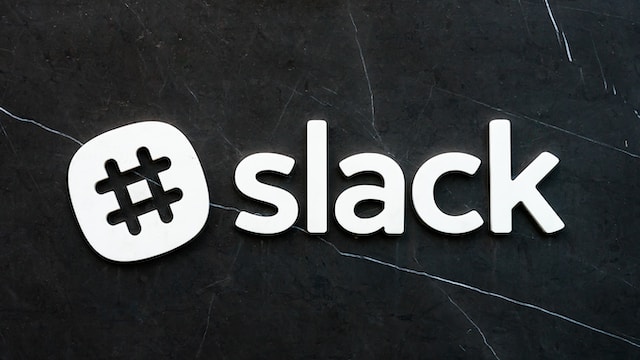What is a Logo?
A logo is a visual symbol that represents a brand, product, or organization. It serves as a unique identifier, instantly connecting with an audience and conveying the essence of the entity it represents. A well-designed logo is a crucial element of branding, contributing to recognition, trust, and the overall identity of a business.

How to Design a Logo:
Designing a logo involves a strategic process to create a visual mark that encapsulates the brand’s identity. Here are the key steps:
Define the Brand:
Understand the brand’s values, mission, and target audience.
Identify key attributes that the logo should convey.
Research:
Analyze competitors and industry trends.
Identify gaps and opportunities for uniqueness.
Sketching and Conceptualization:
Brainstorm ideas and concepts.
Sketch rough designs to visualize potential directions.

Simplicity is Key:
Aim for simplicity to enhance memorability.
Avoid clutter and overly complex designs.
Color Palette:
Choose colors that align with the brand’s personality.
Consider the psychological impact of colors.
Typography:
Select a font style that complements the brand.
Ensure readability, especially in smaller formats.
Versatility:
Design a logo that works across various mediums and sizes.
Create versions suitable for different backgrounds.
Gather Feedback:
Share initial designs with stakeholders.
Consider feedback and make necessary revisions.
Refinement:
Fine-tune details, colors, and proportions.
Ensure the logo is scalable without losing quality.
Finalization:
Create different file formats for versatility.
Develop usage guidelines for consistency.

Types of Logos:
Wordmark/Logotype:
Emphasizes the brand’s name using custom typography.
Examples: Coca-Cola, Google.
Lettermark:
Utilizes initials or abbreviations as a logo.
Examples: IBM, CNN.
Pictorial/Logo Symbol:
Represents the brand through an identifiable image.
Examples: Apple, Nike.
Abstract Mark:
Uses a unique, abstract shape to convey the brand.
Examples: Pepsi, Adidas.
Combination Mark:
Combines a wordmark with a symbol or icon.
Examples: McDonald’s, Starbucks.
Emblem:
Integrates the brand name within a symbol.
Examples: Harley-Davidson, Starbucks.
Remember, a well-designed logo is a visual ambassador for a brand, leaving a lasting impression on customers and fostering brand recognition.
FAQs
Q1: What is the primary purpose of a logo in branding?
A1: The primary purpose of a logo in branding is to serve as a visual representation of a business, product, or organization. It acts as a unique identifier that helps build recognition and trust among the target audience, conveying the values and essence of the entity it represents.
Q2: Why is simplicity considered a key element in logo design?
A2: Simplicity is crucial in logo design because it enhances memorability. A simple and clear design is more likely to be easily recognized and remembered by audiences. It also ensures versatility, allowing the logo to be effective across various platforms, sizes, and applications.
Q3: How does color selection impact the effectiveness of a logo?
A3: Color selection plays a significant role in a logo’s effectiveness. Different colors evoke specific emotions and convey meanings. Careful consideration of color choices ensures that the logo aligns with the brand’s personality and communicates the intended message to the audience.
Q4: What are the advantages of having a combination mark logo?
A4: A combination mark logo combines a wordmark with a symbol or icon. This type of logo offers the advantage of versatility. It allows for both a recognizable visual element and the inclusion of the brand name, catering to various marketing needs. Examples include McDonald’s and Starbucks.
Q5: Why is it essential to create different file formats for a logo?
A5: Creating different file formats for a logo is essential for versatility in its usage. Various platforms and applications require specific file types (e.g., PNG for transparency, SVG for scalability). Providing a range of formats ensures the logo maintains quality and integrity across different media and contexts.